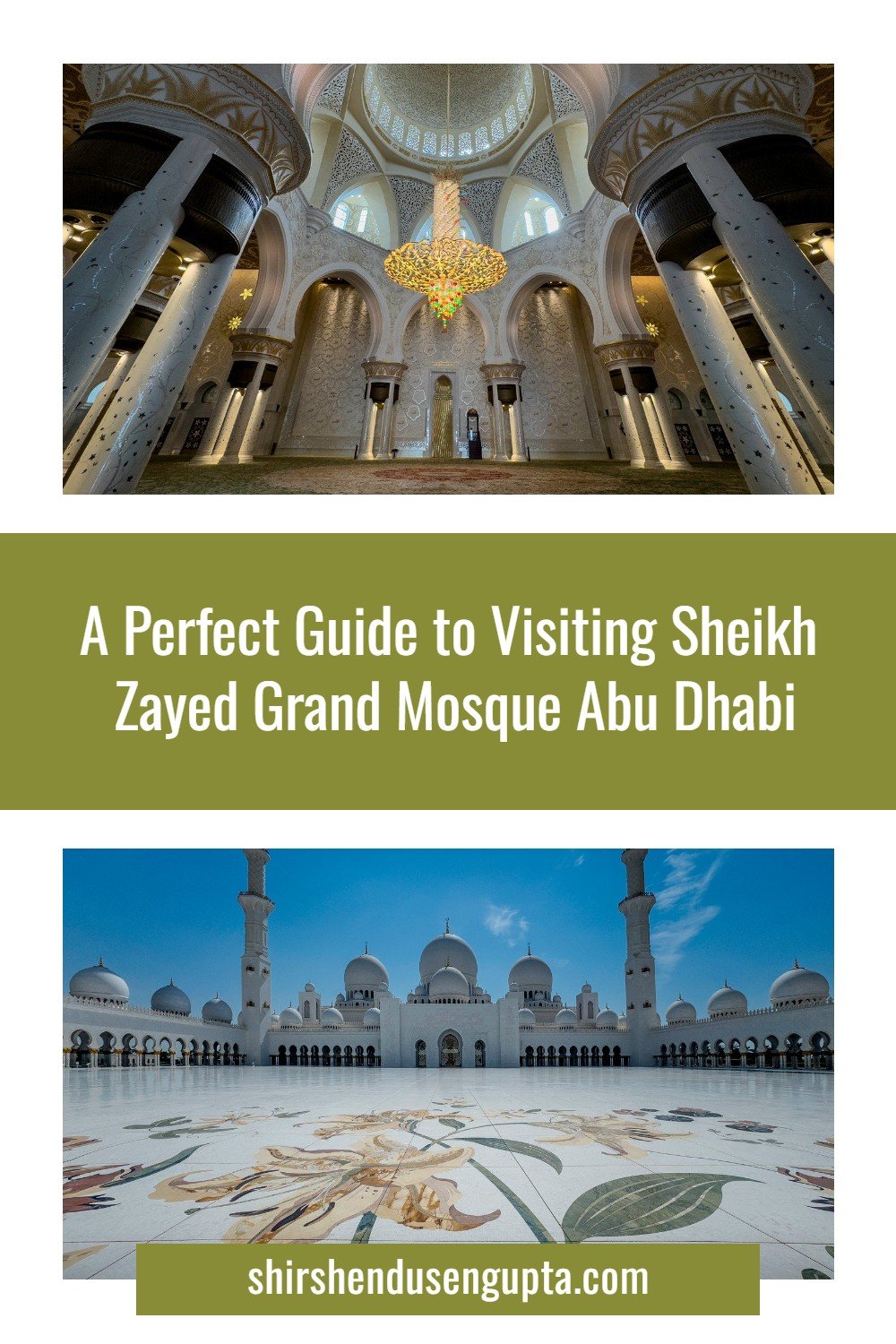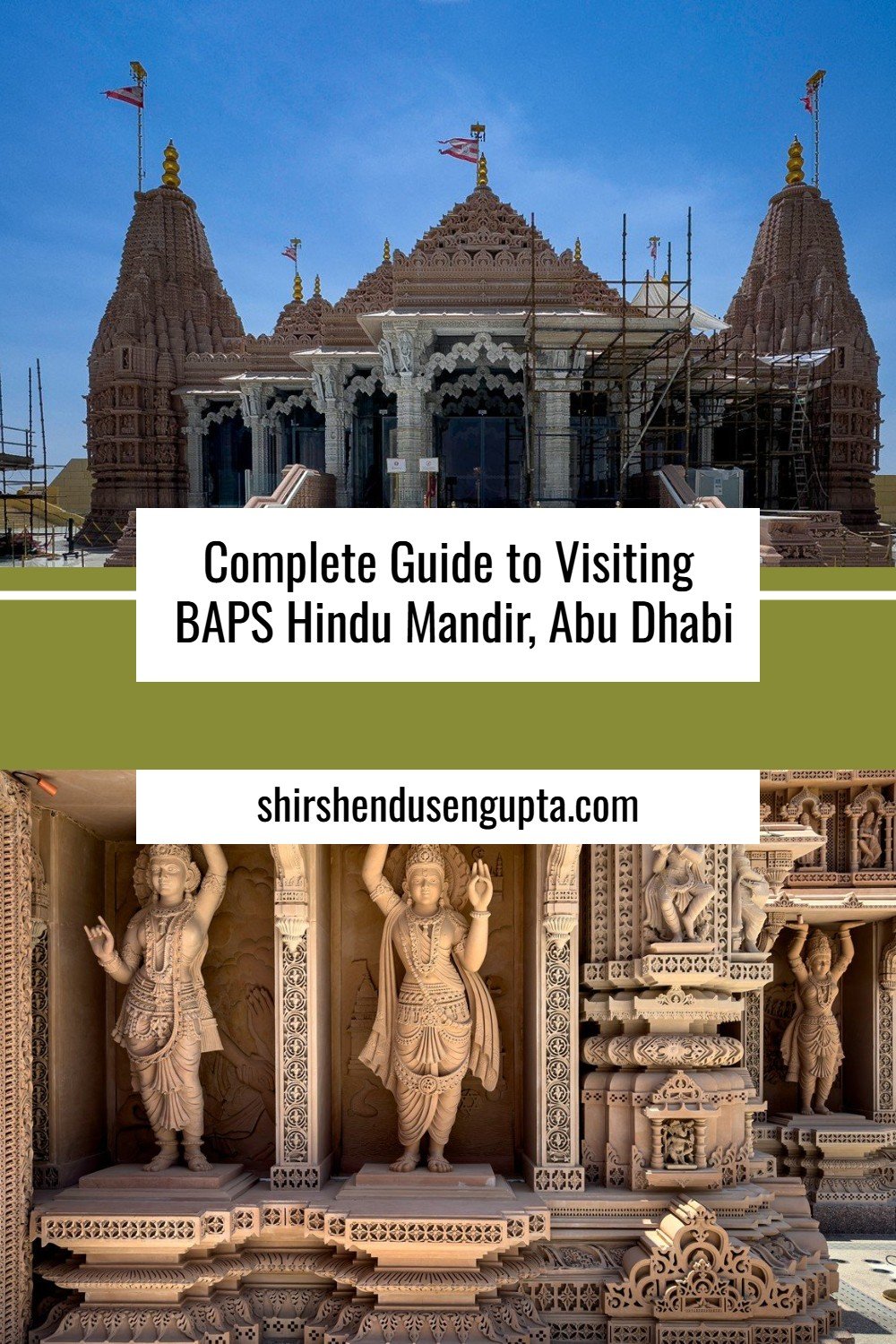United Arab Emirates Travel
Located in the Middle East at the eastern tip of the Arabian Peninsula, the thriving nation of the United Arab Emirates (UAE), or simply the Emirates, is a federal, elective monarchy made up of seven emirates (autonomous city-states) namely Abu Dhabi, Dubai, Sharjah, Ajman, Umm al-Quwain, Ras al-Khaimah, and Fujairah. In addition to marine borders in the Persian Gulf with Qatar and Iran, as well as with Oman in the Gulf of Oman, it shares land borders with Oman to the east and northwest and with Saudi Arabia to the southwest. The largest of the seven emirates, Abu Dhabi is the capital of UAE and the port city of Dubai is the most populated city of UAE. Dubai is an international financial and commercial hub housing hundreds of global companies in a forest of skyscrapers. English is the most widely spoken language, although Arabic is the official language and Islam is the official religion. But I can assure you that "everyone" watches Bollywood in the Emirates and, as a result, speaks Hindi fluently in all tourist spots! Of the estimated 10 million people living in the United Arab Emirates as of 2024, only 11 percent are natives or Emiratis.
Historically the realm of individual Arab families and clans, the area has been impacted by Persian culture because of its proximity to Iran. Also, its porous marine borders have long drawn traders and migrants from other countries. In the 18th century, Portugal and the Netherlands expanded their holdings in the region, but with the rise of British naval power there, they withdrew. Following a series of truces with Britain in the 19th century, the Emirates united to form the Trucial States (also called Trucial Oman or the Trucial Sheikhdoms). After World War II (1939–45), when the trucial nations of Bahrain and Qatar proclaimed their independence, the states attained autonomy. The remaining ones were legally brought together in 1971, with Abu Dhabi acting as their capital. Rivals between the families ruling the larger states of Abu Dhabi and Dubai have since put the federation's stability to the test, but outside events like the Persian Gulf War (1990–1991) and an ongoing territorial dispute with Iran have helped to strengthen the Emirates' political unity.
The Emirates is made up of wetlands, coastal lowlands, waterless highlands, and rocky deserts. Travelers from abroad are lured to the nation's pristine beaches and luxurious resorts, which serve as a refuge for migratory waterfowl and attract birdwatchers from throughout the globe. A nation comprised of diverse nationalities and ethnic groups standing at a crossroads in history and geography, the Emirates offers a remarkable blend of modern technology and age-old customs, cosmopolitanism and insularity, wealth and want. Abu Dhabi's ruler and first president, Zayed bin Sultan Al Nahyan, fuelled the growth of the Emirates by directing oil revenue towards business, infrastructure, healthcare, education, and tourism. As of 2024, the UAE has the seventh-largest oil and gas reserves in the world. The Emirates is a member of the World Trade Organization, the Non-Aligned Movement, the Organization of Islamic Cooperation, the Arab League, and OPEC. The Shanghai Cooperation Organization counts the Emirates as one of its discussion partners.
Through this series of articles, I intend to share our stories and experiences of traveling across the United Arab Emirates with our fellow photography and travel enthusiasts. I hope they help you plan your travels across this beautiful country!




Located in the Middle East at the eastern tip of the Arabian Peninsula, the thriving nation of the United Arab Emirates (UAE), or simply the Emirates, is a federal, elective monarchy made up of seven emirates (autonomous city-states) namely Abu Dhabi, Dubai, Sharjah, Ajman, Umm al-Quwain, Ras al-Khaimah, and Fujairah. In addition to marine boundaries in the Persian Gulf with Qatar and Iran, as well as with Oman in the Gulf of Oman, it shares land borders with Oman to the east and northwest and with Saudi Arabia to the southwest. The largest of the seven emirates, Abu Dhabi is the capital of UAE, and the most populous port city of Dubai is an international financial and commercial hub housing hundreds of global companies in a forest of skyscrapers.